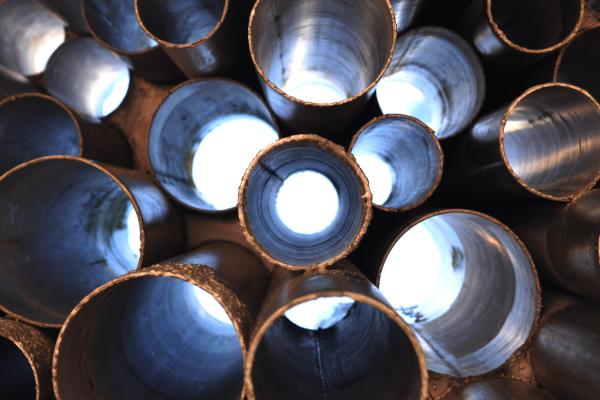Tube Bending Explained - 4 Simple Things Everyone Should Know
When working on projects, big or small, there’s a pesky kind of problem that can arise that few people know how to solve. Sometimes, you need a pipe bent to fit within the space you have available for it; sometimes, you need a pipe bent a fair few times into a wacky shape to make it work with your setup. You know you probably can’t bend the pipe yourself (and even if you could, it might end up breaking rather than bending), so you’re a little stuck. There’s no need to stress; the following will explore a few simple things about tube bending that can help you get the tubes you need for your current project.
There Are Professional Tube Benders
Believe it or not, you’re not the only person in need of a bent tube. There are metal tube bending professionals that own and operate tube bending machines. They can bend tubes two-dimensionally in instances where you need the openings to remain on the same plane as well as three-dimensionally, so the openings sit on different planes.
There Are Different Methods
Depending on your tube material and bending needs, there are a few different approaches. If you’re not sure which method is right for you, reach out to a local professional.
Compression Bending
Compression Bending typically involves clamping a tube in place and applying force directly in order to get the bend. Internal support is not a part of the process, and this often results in an oval cross-section; sometimes, the bend is also crushed. To avoid issues, usually, you can’t pull off a bend of more than 120 degrees.
Roll Tube Bending
Roll Tube Bending involves three rollers (sometimes called dies) that lock the tube down. A piston will then press down on the tube as an operator rolls the pipe through the machine creating a gradual bend. The process is repeated until the desired bend is accomplished. This approach is best for projects that need a variety of gradual bends. Given the manual nature, repeatability is limited. Given the value of consistency in building a business, if you’re looking to produce an identically bent pipe for multiple clients, this might not be the right choice for you. This being said, it’s great for one-off projects.
Mandrel Tube Bending
Mandrel Tube Bending is a method that uses internal support (a mandrel), which preserves the structure of the tube while bending occurs. This helps ensure that there is no unwanted deformation. It is particularly ideal when dealing with large diameters, tight radii, thin wall thickness, or in instances where collapses during bending are common.
Rotary Draw Tube Bending
Rotary Draw Tube Bending is probably the most common approach to tube bending. It uses a clamping die, a bend die, and a pressure die to hold the tube to its form throughout the bending process. Electrical or hydraulic power is used to draw the tube around the dies. This method offers a highly repeatable bend if you need many identical tubes bent.
The above information should have left you more aware of pipe bending than you were before. If you’re not comfortable with or confident in your ability to bend a pipe, reach out to a professional.

